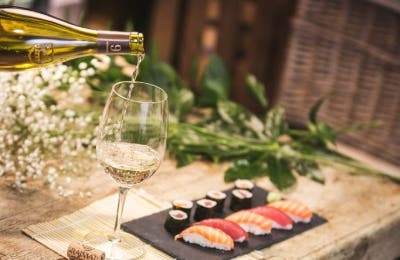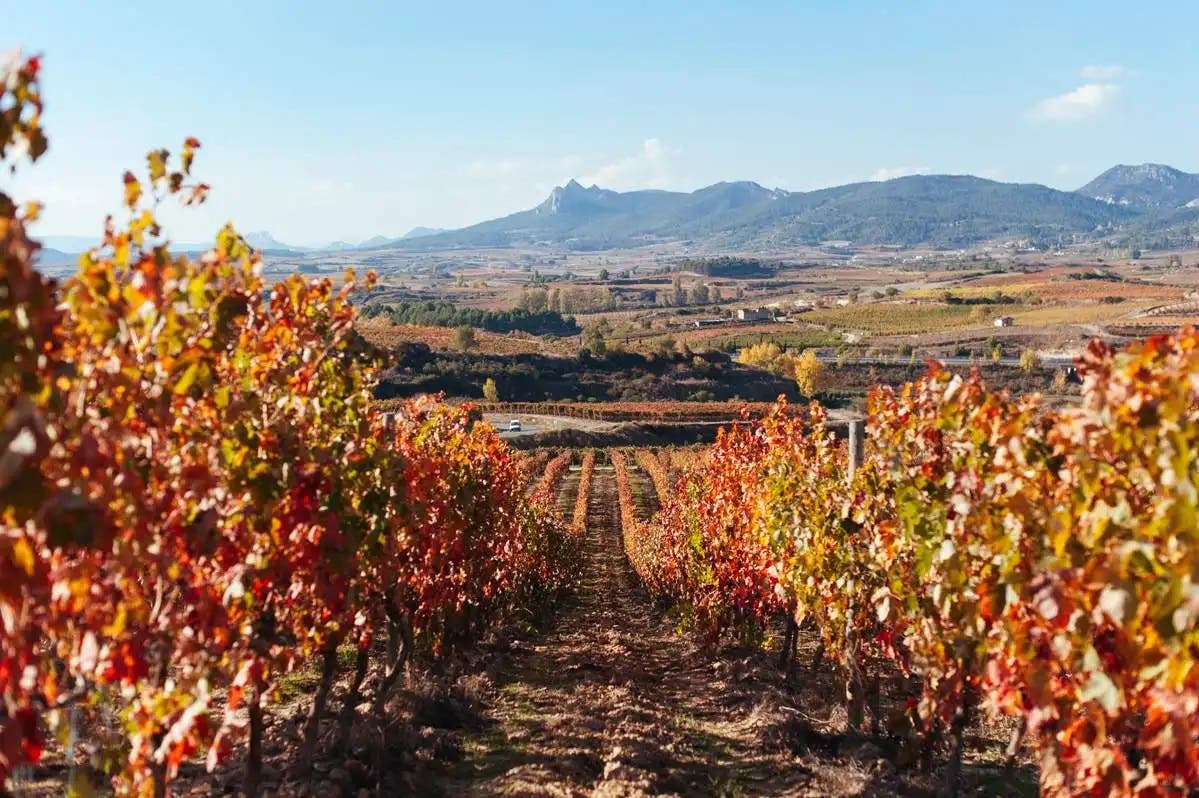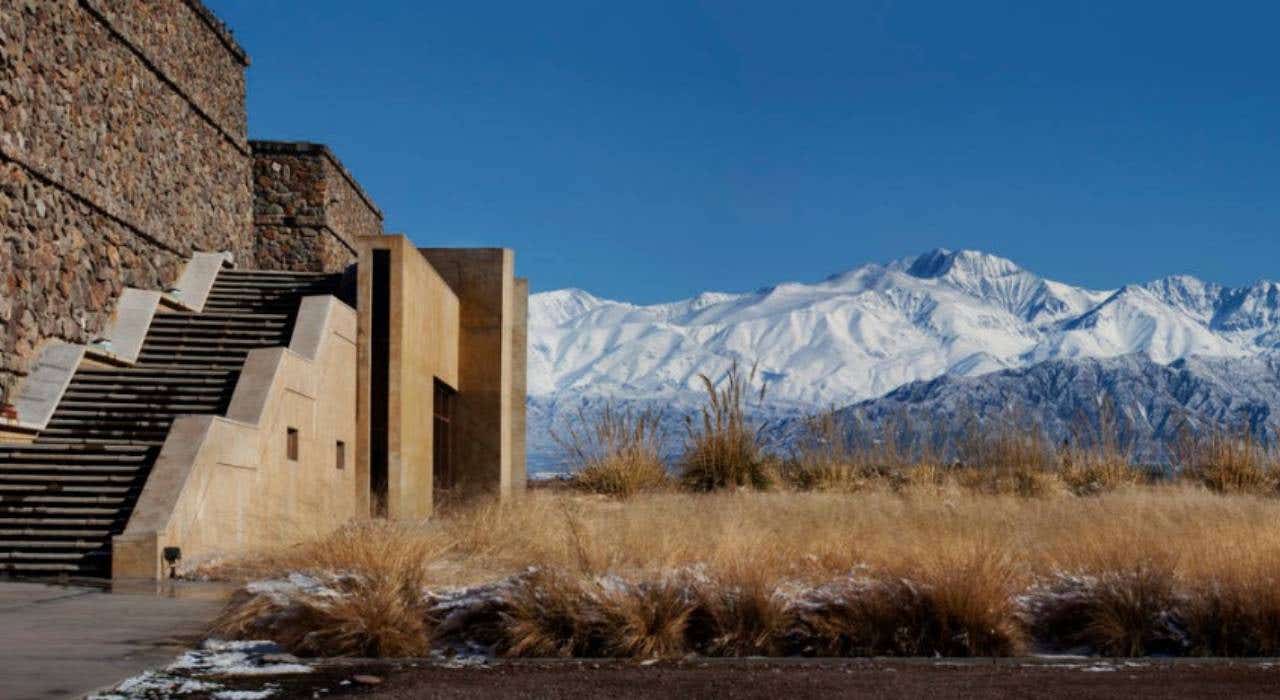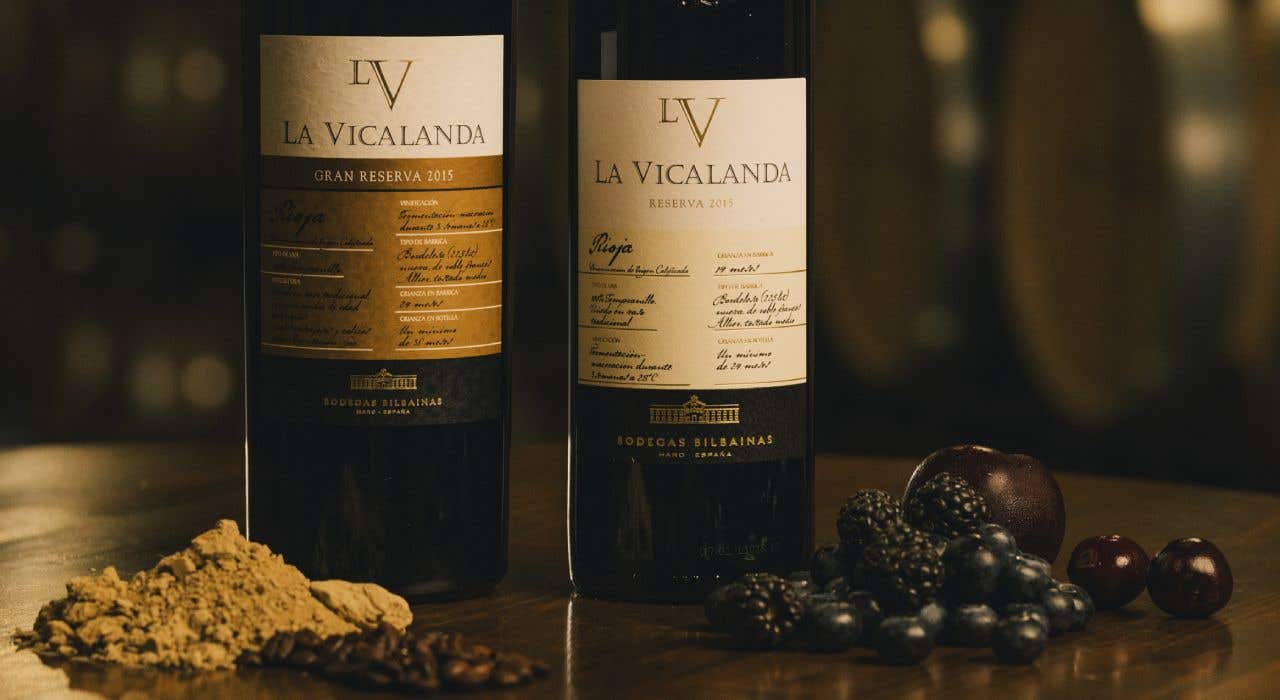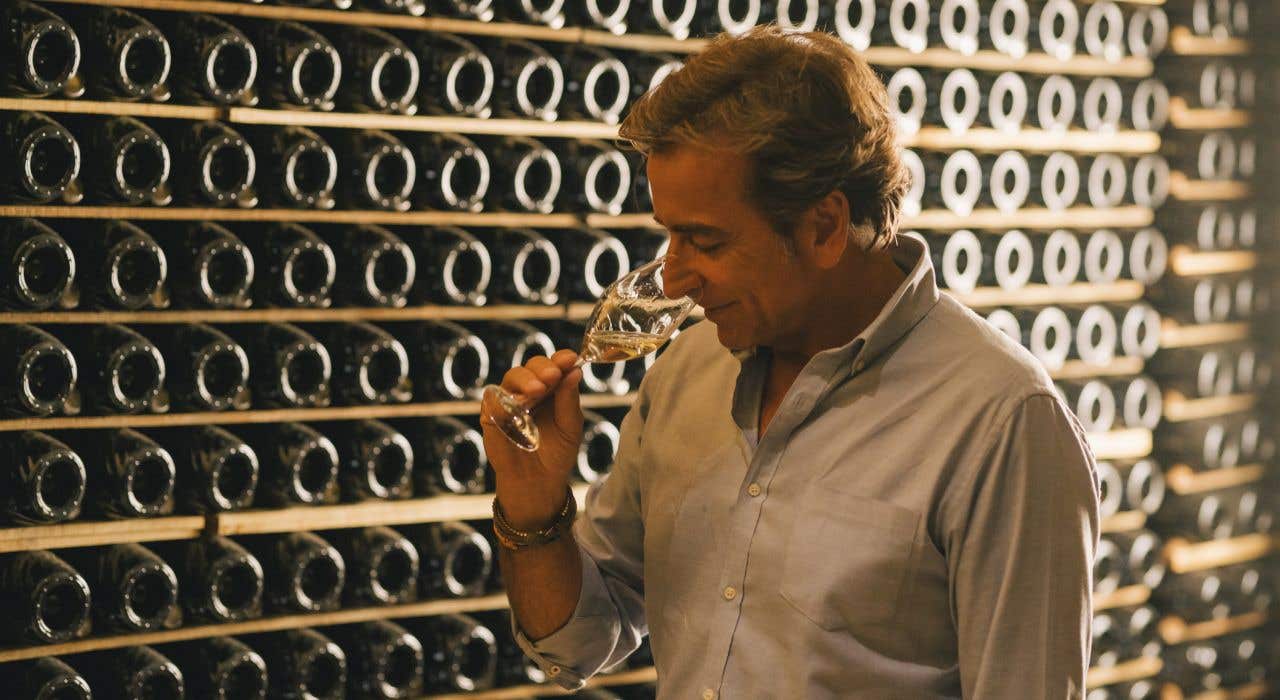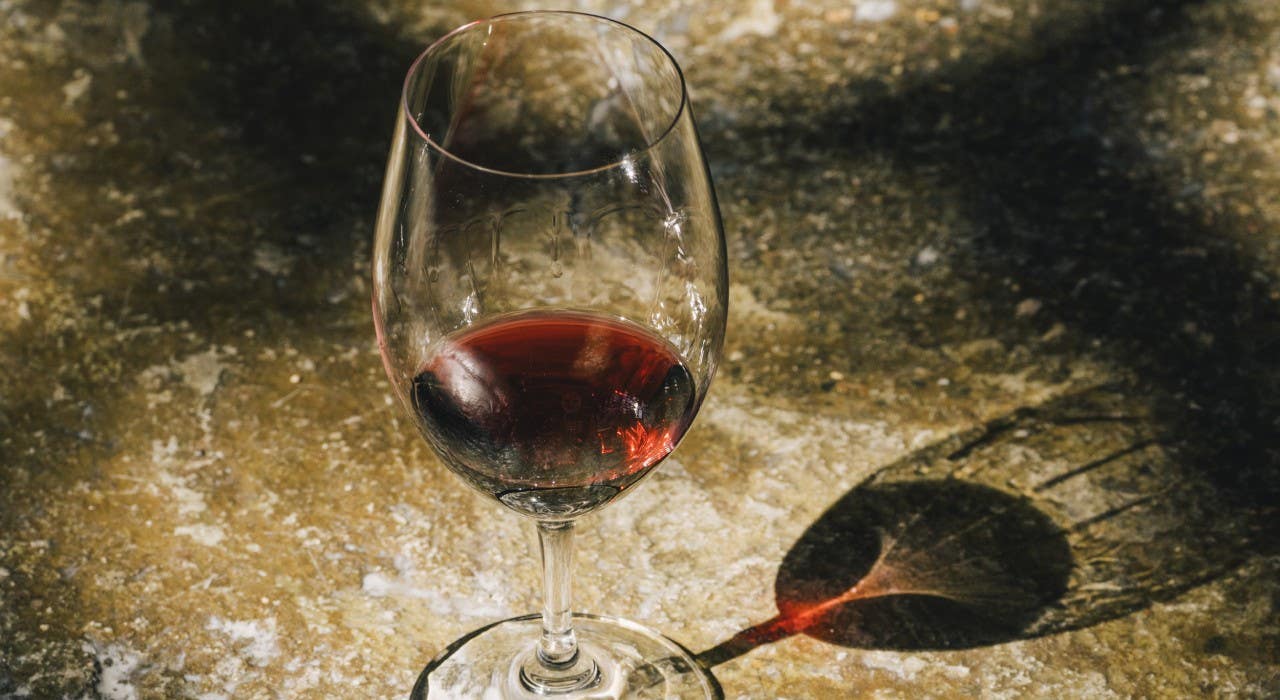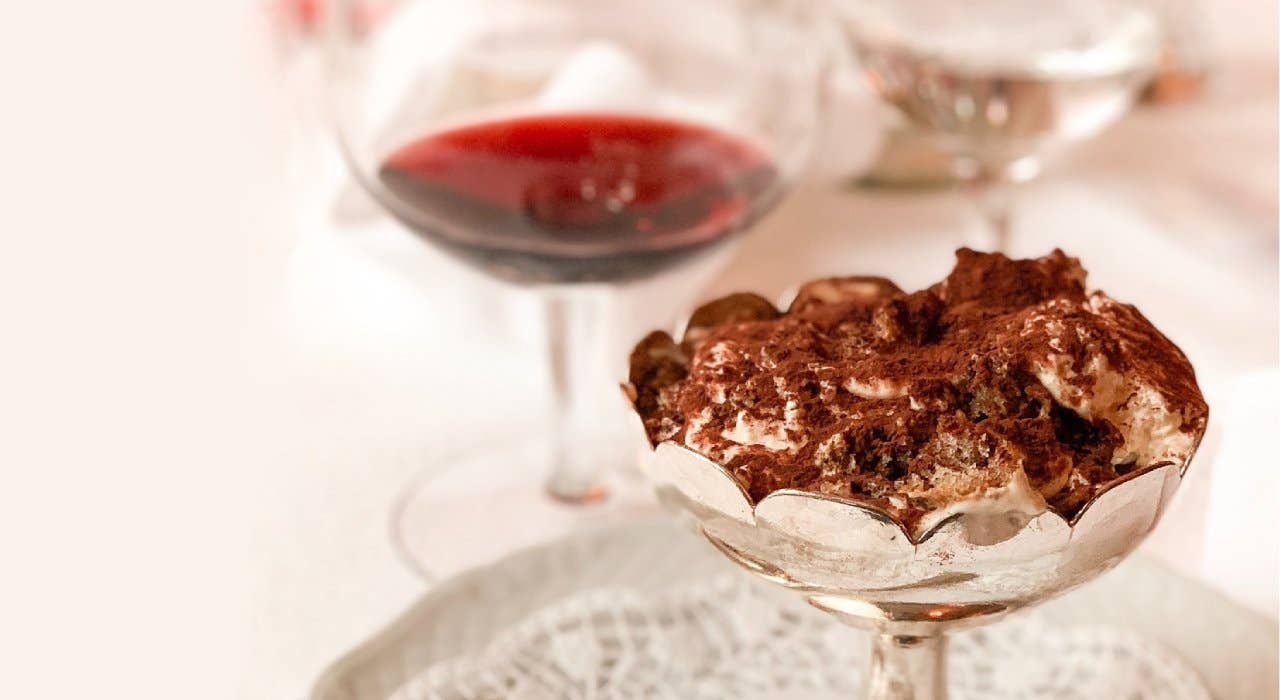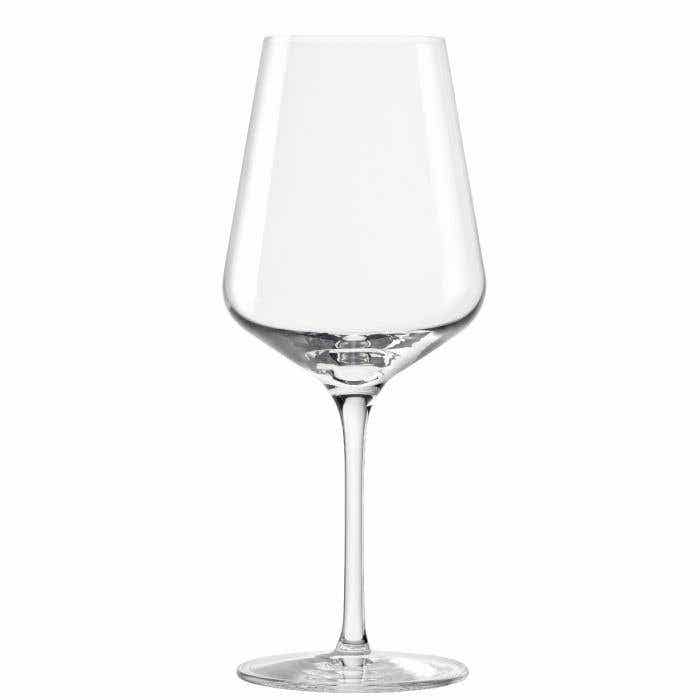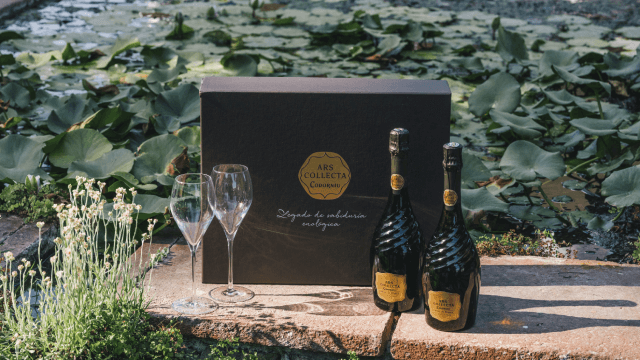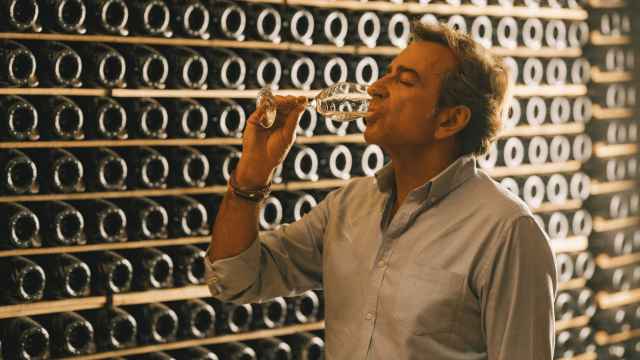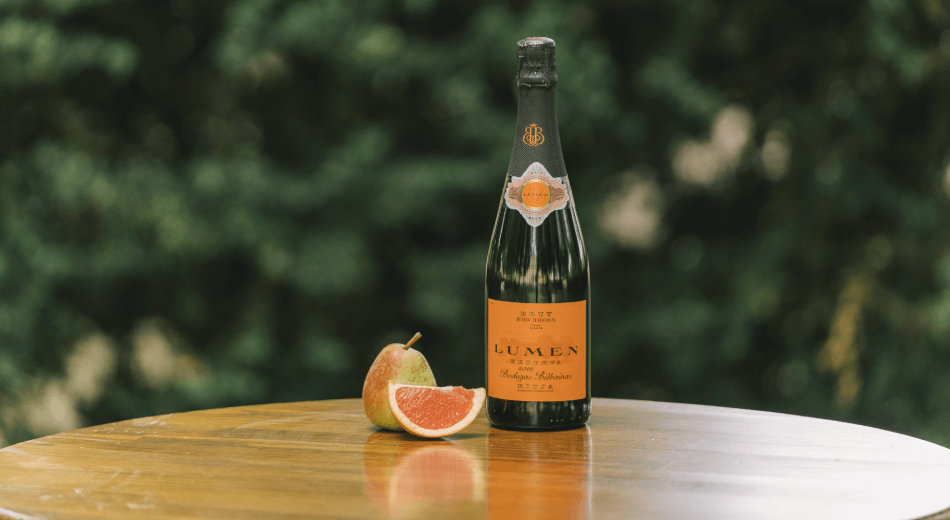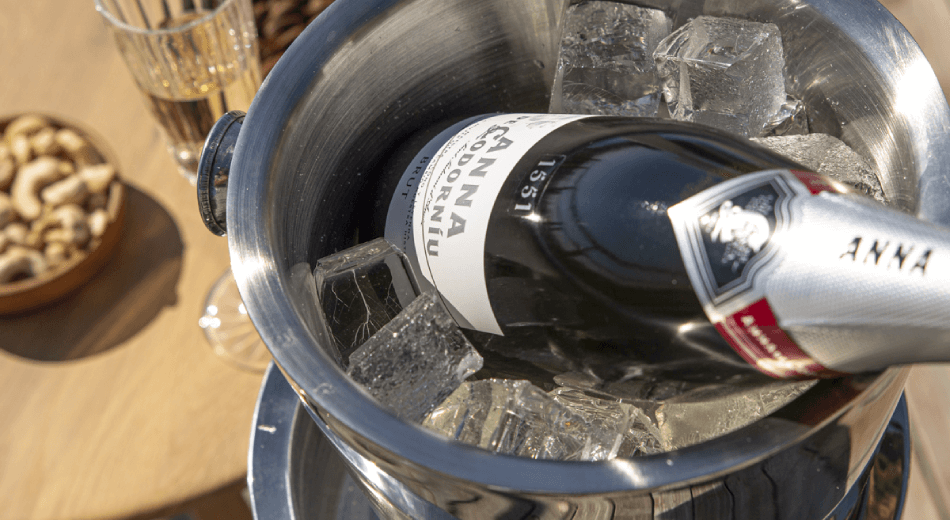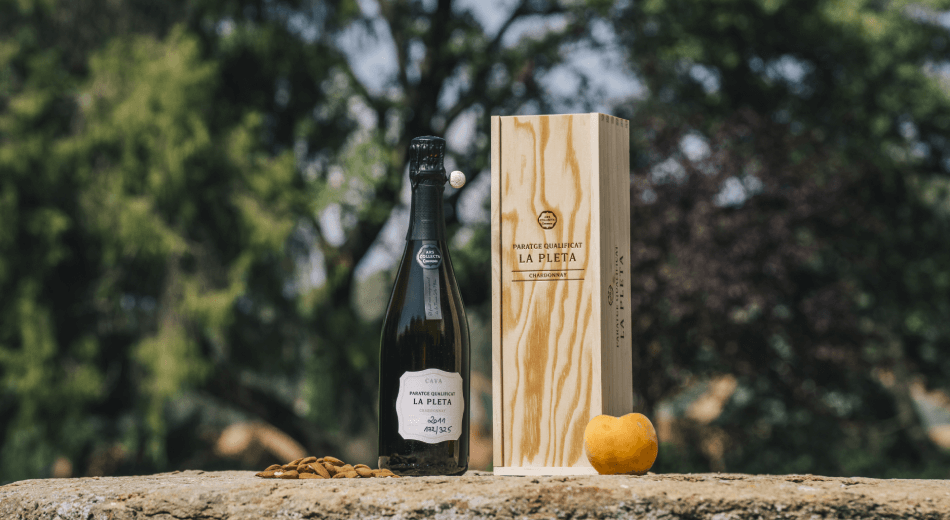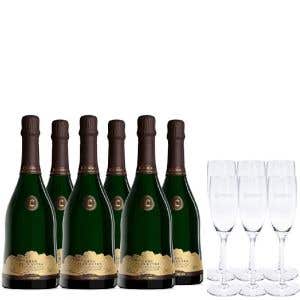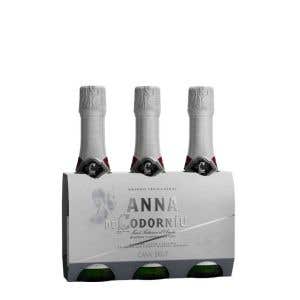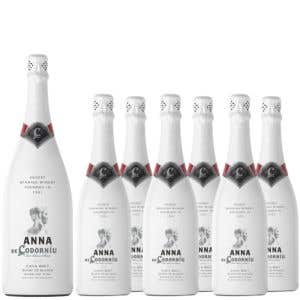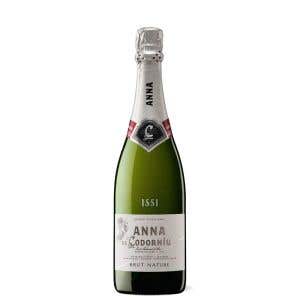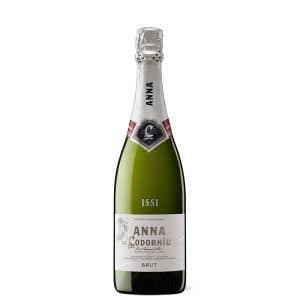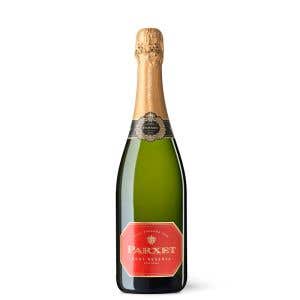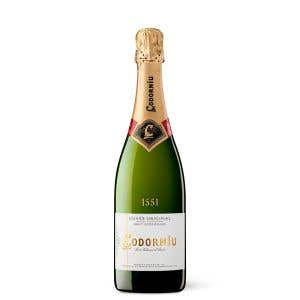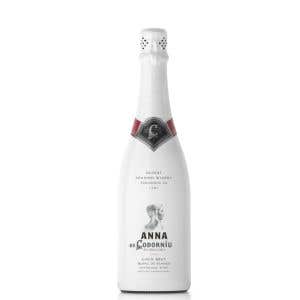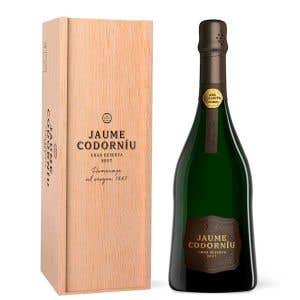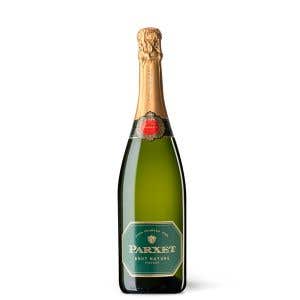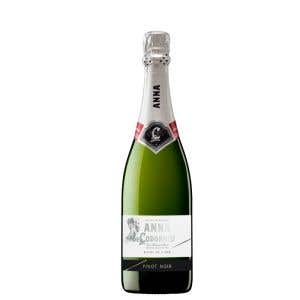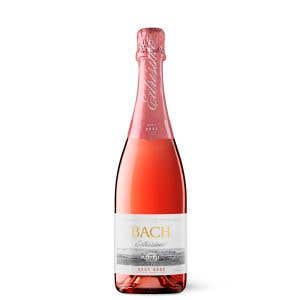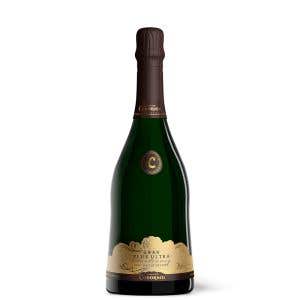Cava, Champagne, and other traditional sparkling wines coexist with others produced in regions with no background in this type of wine.
Cava and champagne, tradition and leadership
Knowing the different methods of production, fans of the best bubbles will know better where and how to choose. It is no secret that France has the most famous type of sparkling wine in the world, from Champagne, where the hectares of vine cultivation with the highest value of the global vineyard are also concentrated. The predominant varieties in the region are Chardonnay, Pinot Noir, and Pinot Meunier, combined in different proportions depending on the production area.
In Spain, Cava has modified its regulations and diversified its offer to respond to market demands and today it reaches notable levels of quality, in different price ranges and styles. Although the P.D.O. encompasses sub-areas spread over different parts of the Iberian Peninsula, most of the production is concentrated in the Penedès wine region, where three native varieties have traditionally been used to make this sparkling wine: Xarel·lo, Macabeo and Parellada. However, in other regions, there are also other grapes with a much more minority presence, such as Chardonnay, Pinot Noir, Monastrell, Subirat Parent, or Garnacha.
As in Champagne and other regions of the world where sparkling wines are made following the traditional method - which prioritizes the assembly of varieties - in Cava, it is common to find cuvées that offer the leading role to a single variety. This is the case of the so-called Blanc de Blancs (they are usually 100% Chardonnay, although they may contain another variety of white grape), such as Codorníu Ars Collecta Blanc de Blancs Gran Reserva, and Blanc de Noirs, which are cavas produced with 100% red grape, in most cases, the complex and subtle Pinot Noir, such as Codorníu Ars Collecta Blanc de Noirs Reserva cava.
Quality sparkling wines are also produced in other regions of Spain, such as Rioja, with remarkable results and a very distinctive character, as is the case with Lumen Brut Reserva.
Types of sparkling wines of the world and origins
In Italy, the offer is wide and diverse, depending on the different regions, from the popular Lambrusco - which continues the tradition of Amabili wines originating in Modena - to the delicate Moscato d'Asti, whose history dates back to the 13th century, with delicate floral nuances and low alcohol content (around 5º). Not forgetting the famous Prosecco, whose production is concentrated in the vineyards of Friuli and Veneto.
If one of the consequences of global warming has been the opportunity for the English to produce remarkable sparkling wines in their vineyards in Kent, Sussex, and Surrey - from the same varieties as in Champagne: Chardonnay, Pinot Noir, and Pinot Meunier -, it should not be forgotten that in the so-called New Wine World there are also many wineries that take advantage of the "champenoise trilogy" to produce sparkling wines of excellent quality. Argentina, for example, has been doing it since the 1950s of the 20th century. And today it also happens in Australia, the United States, Chile, South Africa ...
Finally, lovers of exoticism have in Canada what is probably the rarest sparkling wine in the world, made from unique, sweet, and contrasting ice wines. Frozen grapes, bubbles, and a high concentration of sugar in the same wine? You are right.


